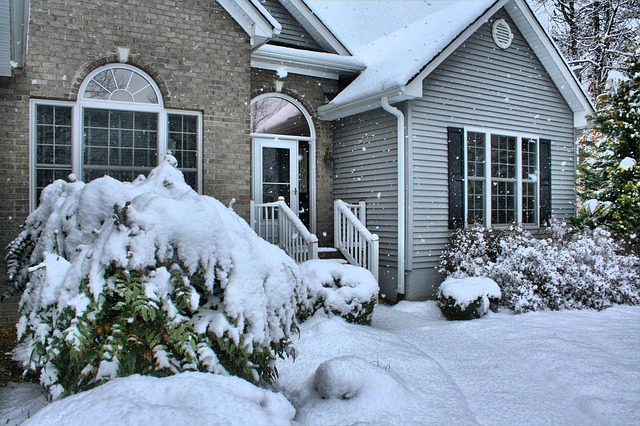Home Health: 3 Harmful Substances To Test Your Home For
Home ownership is a wonderful and fulfilling element of life; you get to add to your character as you add to, and upgrade your home. However, another aspect of valuing your home is vigilance, not just against infestations of pests but also from chemical substances that can be fatal to the people living inside your home. In an effort to better inform people about some of the nasty things that can manifest, we have provided you not only with their names but also their health hazards.
Asbestos
While the harmful qualities of this former housing staple were known as early as the late 19th Century, the superior fire resistance that earned asbestos its name kept it around for quite some time. Asbestos comes in six different varieties and can be green, red, blue, yellow or white, depending on the version in use. Health risks of asbestos insulation include a litany of health issues pertaining to the lungs as the tiny fibers play havoc with the body’s respiratory functions.
Any home built between 1920 and 1989 is likely to have contained asbestos at some point. The furthest you should ever test for asbestos would be checking around areas of degradation within your home’s walls or pipes; leave the intricate work and removal to a company like Mendelssohn Construction.
 Mold
Mold
This organism develops in areas where organic materials break down, especially in humid regions with little to no exposure to sunlight. While there are hundreds of known varieties of mold, there are some traits that they share in common. Some molds produce mycotoxins, a toxin that can lead to neurological issues, or even death, in high concentrations.
People can also develop an allergy to mold, usually resulting in agitated eyes, frequent coughing and sneezing, breathing issues, fatigue, issues around the nose, headaches or even rashes in the case of physical contact. Most of the respiratory issues symptomatic of a mold allergy come from the body’s response to spores in the air.
Radon
This radioactive and gaseous element is undetectable through human senses. The most common health hazard of radon is lung cancer. Furthermore, radon generates other nasty chemicals as it decays, though these “radon progeny” are usually solids visible to anyone. While radon test kits are available to the public, which analyze the chemical composition of air or water within the home, most home professional inspectors have their own testing kits.
Whether you are looking to buy a home or just keep one operational, it is important that you look into testing your home for all potential hazards. One of the best things you can do to preserve your household is to investigate its history. Looking over your home’s blueprints, you discover unforeseen or unreported problems like a recurring leak that fostered black mold in the summer, walls that never had their asbestos insulation replaced, etc. By knowing your home, you can prevent nastiness like mold, radon, and asbestos from taking up residence and you have a better idea of when to contact a professional for testing and restoration.


